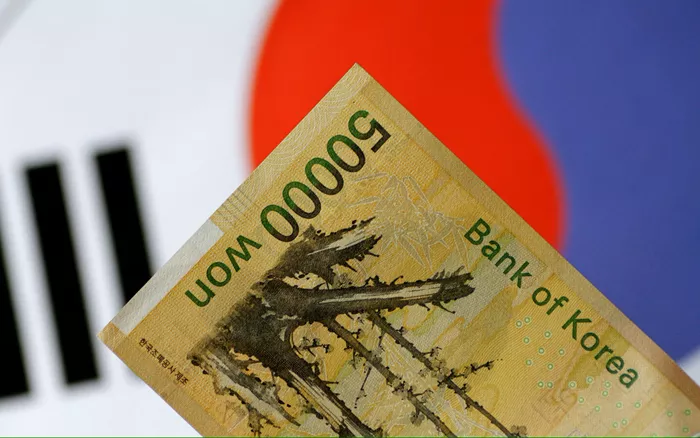The United States Treasury Department has kept South Korea on its currency monitoring list but did not label it a currency manipulator. South Korea will maintain ongoing discussions with the US to promote mutual understanding of foreign exchange policies, following the Treasury’s call for limiting currency intervention.
In its semiannual foreign-exchange report released Thursday, the Treasury placed South Korea on the watchlist alongside countries like China and Japan.
South Korea met two of the three criteria for inclusion: a large global current-account surplus and a bilateral trade surplus with the US. However, it did not meet the criterion related to persistent currency market intervention.
The US Treasury urged South Korea to restrict currency intervention to rare cases of disorderly market conditions. Once a country is on the list, it remains subject to monitoring in at least two consecutive reports to ensure lasting improvements in currency practices.
South Korea’s Finance Ministry responded by emphasizing its commitment to deepen communication and build trust with the US Treasury through regular talks. These ongoing negotiations aim to address concerns and foster cooperation on exchange rate policies.
Recent meetings between US and South Korean officials, including talks in Milan last month, have heightened speculation that currency issues may become a formal part of trade discussions. The US Treasury also indicated it might broaden its scrutiny to include other financial tools that can affect exchange rates, such as capital flow measures and activities by government-affiliated investment funds.
South Korea’s large institutional investors, like the National Pension Service and Korea Investment Corporation, play a significant role in cross-border capital flows. Their dollar purchases for overseas investments can influence currency markets, a factor likely to be part of future US-South Korea discussions.


